Lack of Water Main barrier, Obstacle and Threat to Kazakhstan’s Future
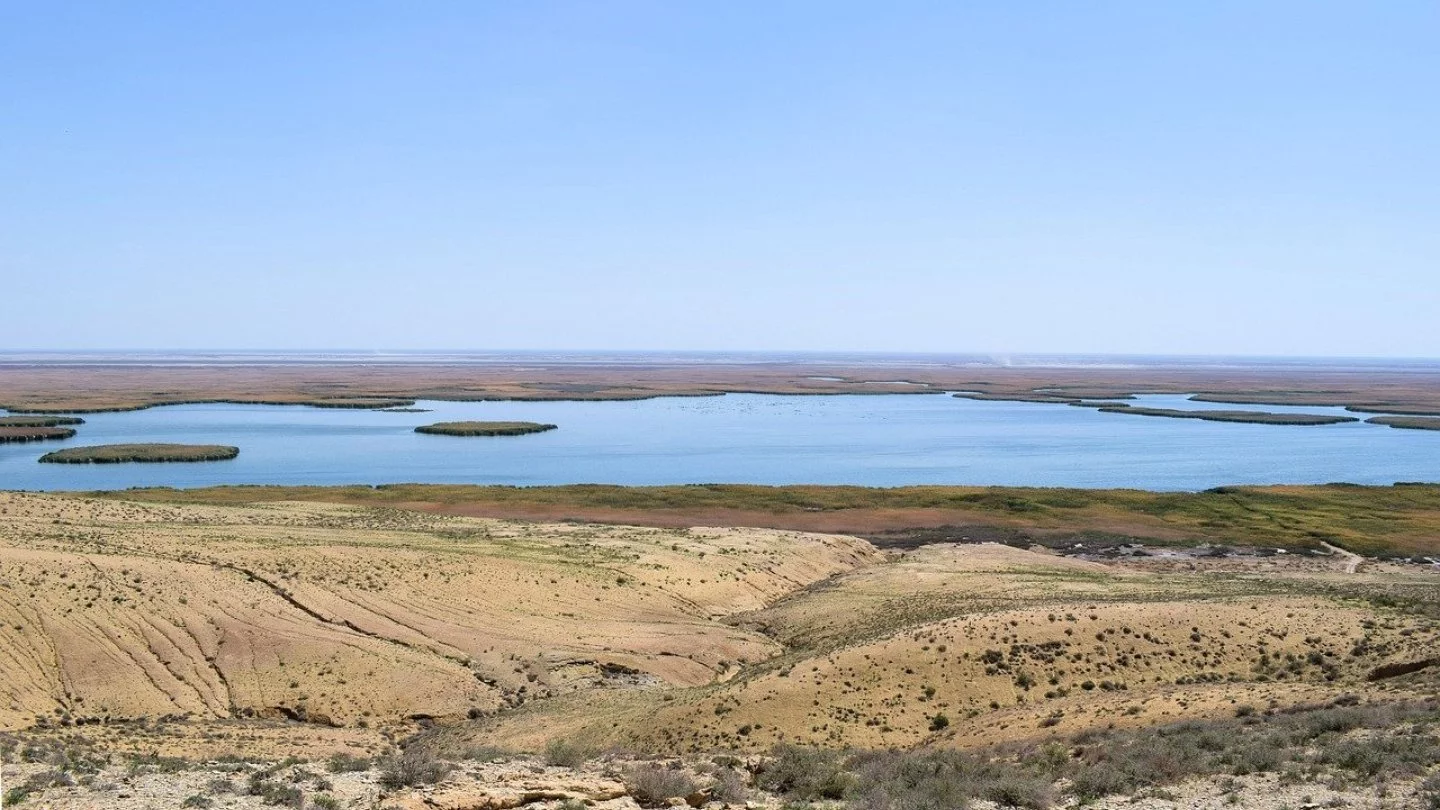 coverfoto pixabay.com
coverfoto pixabay.com
This year, two large cities in Kazakhstan faced a shortage of water. If the authorities in Astana use technical reasons to explain the situation, then in Almaty the reason is natural. There are problems in other regions as well. Orda discussed the current situation with an water resources expert. He is sounding the alarm and believes that it is necessary to change our water policies.
This summer, residents of the fashionable upper districts of Almaty, where clean air and mountains are nearby, faced quite the problem. Expensive real estate, mansions and privileged residential complexes, as well as Soviet-built houses in the upper part of Dostyk Avenue, were left without cold water. Clinics also lost access to water along with residents, catering facilities, beauty salons, and office buildings. A decision had to be made - either shut down operations or bring in water.
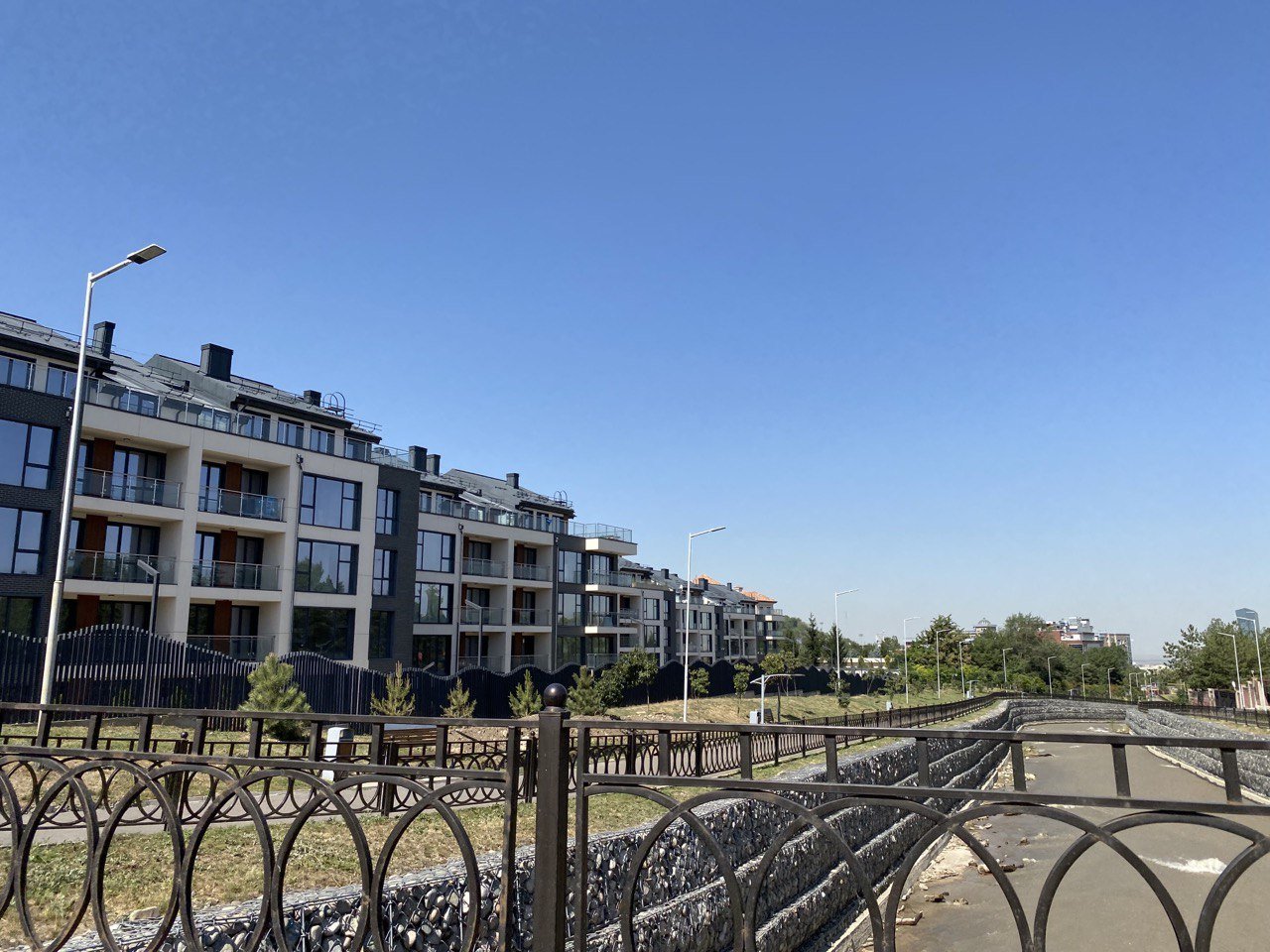 The upper reaches of the Esentai river in Almaty, photo Orda.kz
The upper reaches of the Esentai river in Almaty, photo Orda.kz
Hot water was available, but, as experience has shown, opting for cold water is the better choice. Buckets and water bottles have become a part of more than 20 thousand residents' lives. Problems in the water system of the metropolis have indeed been exposed.
Residents’ Righteous Anger
The akimat, Emergency Situations Department, and Kazhydromet, claim that the abnormal heat and mudflow in the mountains are to blame. This supposedly polluted the rivers from which residents of that part of the city get their water. Water flow has already been restored, but people still have issues with residue. A resident, financier Sergey Chikin, read an interview with the Akim of Medeu district Yerkebulan Orzalin and was surprised by the given explanations and answers, and posed his own questions.
According to the district akim, the reason for the lack of water today is that the Medeu district has been heavily built up, 979 multi-apartment residential buildings have been commissioned over the past 10 years (I summed up the data for three years: 2013, 2016 and 262, named by the speaker). Therefore, there is not enough water for everyone in such emergencies. They built houses, now the whole area is suffering. And who gave all these developers building permits and technical conditions for connecting to water?! wrote Chikin on his Facebook, after which the akim of the district deleted him from their friends.
The impossibility to build up the foothills so intensively has been discussed for many years. Yet expensive land, proximity to the mountains and corruption have turned the former suburban areas into a densely built-up part of Almaty. Chikin also drew attention to the fact that the city faced such a disruption for the first time in decades since the full-fledged city water supply appeared.
The incident has equated the richest and poorest Kazakhstanis. Many of them also live without water and perceive this as a given.
In May, Prime Minister Alikhan Smailov announced some impressive figures. The availability of water supply in the republic reached 98.4% in cities, 94.5% in villages. 600 thousand citizens or 3% of Kazakhstanis still have no access to water. However, water supply and its actual availability are apparently different concepts. In dozens of villages, even near the main economic center of the country, Almaty, people do not have access to water, or receive it based on a schedule. The situation is even worse outside the nation’s capitals.
Providing The Population with Drinking Water
According to the UN, Kazakhstan is a water–dependent country. Its water surface is 2.8% of the country's area. Over the years of independence, several programs have been adopted to provide the population with water.
- The Drinking Water program appeared in 1998. It was designed for 2002-2010. And they spent $2 billion on it.
- Ak Bulak program for 2011-2020. Cost $2 billion.
- The Nurly Zher program designated for 2020-2025. Cost $232 million.
The latter should completely close this topical issue for the population of the country in 2 years. However, Bulat Yesekin, an international expert on water resources and climate change issues and a member of the Global Water Partnership (GWP) organization, explains that water pipelines often remain only on paper, whereas in reality they either do not work or the population cannot afford them.
They are built by state order, by tender, and almost always both parties, the contractor and the customer, are interested in increasing the cost in order to get more work and money. People then often cannot afford the connection and refuse to use it. Everything is done without the participation of people, without consultations, and then it is left to the local akim, who has neither the equipment nor the budget for maintenance. Therefore, of course, this should be solved with the population, as one technique costs 100 tenge per month, the other 10 thousand, and there are 50 thousand. Who needs such expensive water? People should be the owners of this system, the expert says.
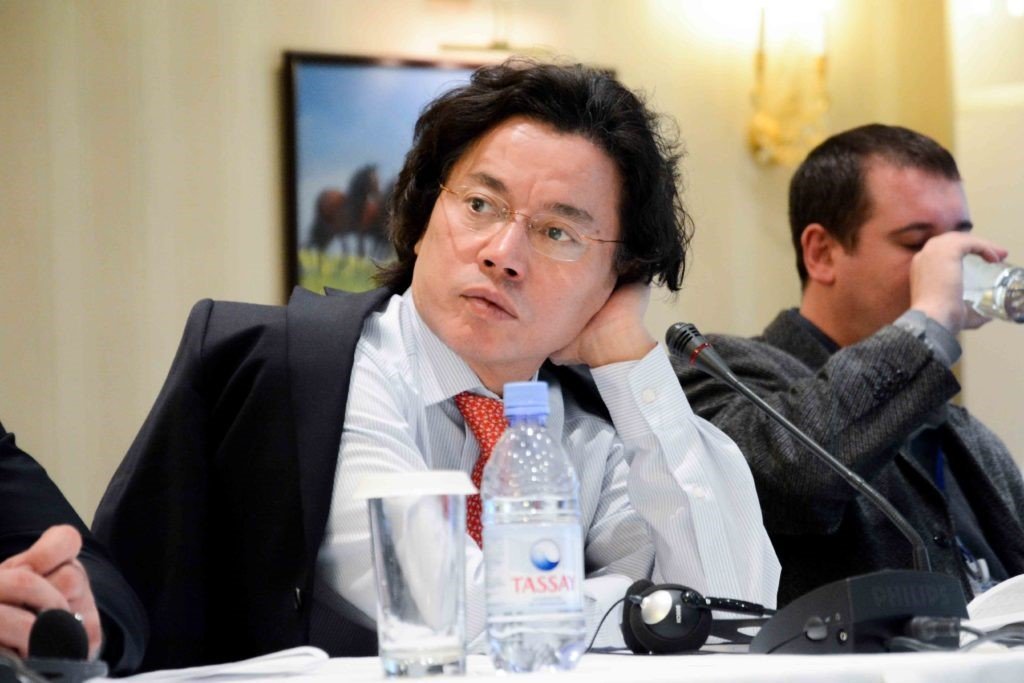 Bulat Yesekin. Photo ca-climate.org
Bulat Yesekin. Photo ca-climate.org
According to Yesekin, water sources often turn out to be short-lived and water leaves from there. This is already a consequence of reckless human intervention in the ecosystem. This is not the main reason for the lack of water, though.
Inefficient Water Resources Management
There is less water in Kazakhstan than in the USA, but more than in Israel and many other countries around the world. Israel has successfully overcome the lack of water by introducing a drip irrigation system that saves water as much as possible. In our country, the situation is the opposite. Water costs practically nothing, removing the need to save it from the equation.
Our water is not reused, as in many countries because there are no incentives. In the Almaty region, 10 tons of water is in fact equal to 30 tons of water. And with such tariffs, no farmer will ever line a canal, and at the same time 50% of the water is lost when it is sent to watering places
Water is squandered in agriculture, industry, construction sites, and in everyday life. The system that has developed in Kazakhstan for the distribution of water has retained Soviet features, Yesekin believes. It is not aimed at saving water, energy and resources, or reducing waste. Our neighbors (China, Russia, Uzbekistan, Kyrgyzstan) have the same systems, while Kazakhstan is semi-dependent on springs and rivers that originate in other countries.
Under this Soviet system of irrational use of resources, their water intake is increasing, which means that less is supplied to Kazakhstan. According to many estimates, the inflow of water will only decrease in the coming years, and Kazakhstan currently has no approaches to maintain the existing inflow. There are only old approaches – negotiations, agendas, and the population suffers as a result.
Kyrgyzstan, which is considered the most water-rich country in Central Asia, has introduced an emergency regime in the energy sector until 2026. It started on August 1. The reason was a sharp decrease in water in the Naryn River basin. Hydroelectric power plants are located there. Less water means less energy is generated. The country has thereby started experiencing acute lack of electricity.
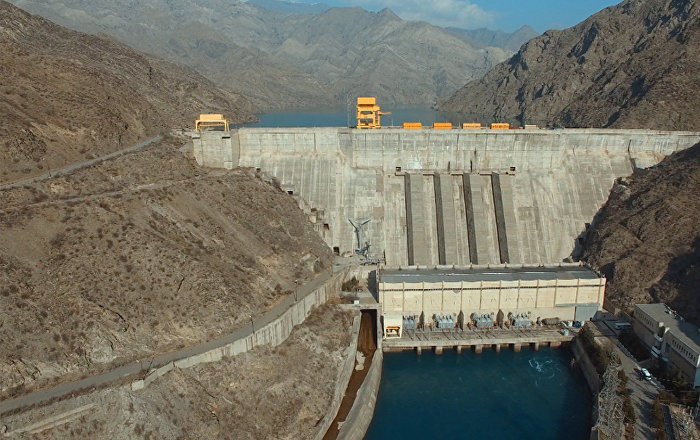 Kurpsai hydroelectric power station on the Naryn River, photo cawater-info.net
Kurpsai hydroelectric power station on the Naryn River, photo cawater-info.net
In early July, in the Kyrgyz capital, Bishkek, they stopped supplying water to car washes, banyas, saunas, swimming pools, health complexes that do not have a circulating water supply because of the aforementioned issue. Now the restrictions have been lifted. People from villages surrounding Bishkek attempted to block the roads off because of the issues with water. Water is undoubtedly a huge factor in social stability. Without it, people are ready to take desperate measures. Even residents of the elite residential complex "Ak Bota" in Almaty planned to block the main transport artery in the district for the sake of returning water to their homes as soon as possible.
Not Air, But Water
In the southern capital, Almaty, at the beginning of summer, half of the Kamensky Plateau was left without water. Here, every fourth house has a business class car parked. “Abnormal heat” was still far off. Residents were told that wells had been depleted. Where else will water be turned off is a rhetorical question.
Bulat Yesekin managed the city's water resources from 1993 to 1996 and also developed the first water code, which has since undergone two revisions in favor of industrialists and other entities' interests. In the city, first contrary to, and then following the letter of the code, many industrial enterprises and private homes randomly drilled and continue to drill wells.
Almaty has always been considered the most prosperous region in terms of water. When I worked in the city administration, I considered air to be the main problem. However, it is now becoming obvious that it is water. Something can be done with air, but it is much harder with water. This is the main threat, including due to the melting of glaciers. There are studies by Finnish and Swedish institutes that say that 70% of the water supply comes from the underground Almaty lake. And now the upper layer of 300 meters of this lake is polluted. These are oil products, dirt even from washing cars in the yard goes there. This is our soil.
The expert is sure that if the world had previously been talking about global warming, now the planet is literally starting to "boil". And it will boil until "people will howl." The failure of water circulation in the region is proof of this.
What’s The Plan?
In March, during a speech to the new composition of the Majilis, the President said that "Kazakhstan will have a large-scale reconstruction of irrigation canals, the transition to autonomous management of hydraulic structures, automation of water metering and the introduction of quotas for the use of water resources." The measures are obviously aimed at reducing the huge water losses in agriculture.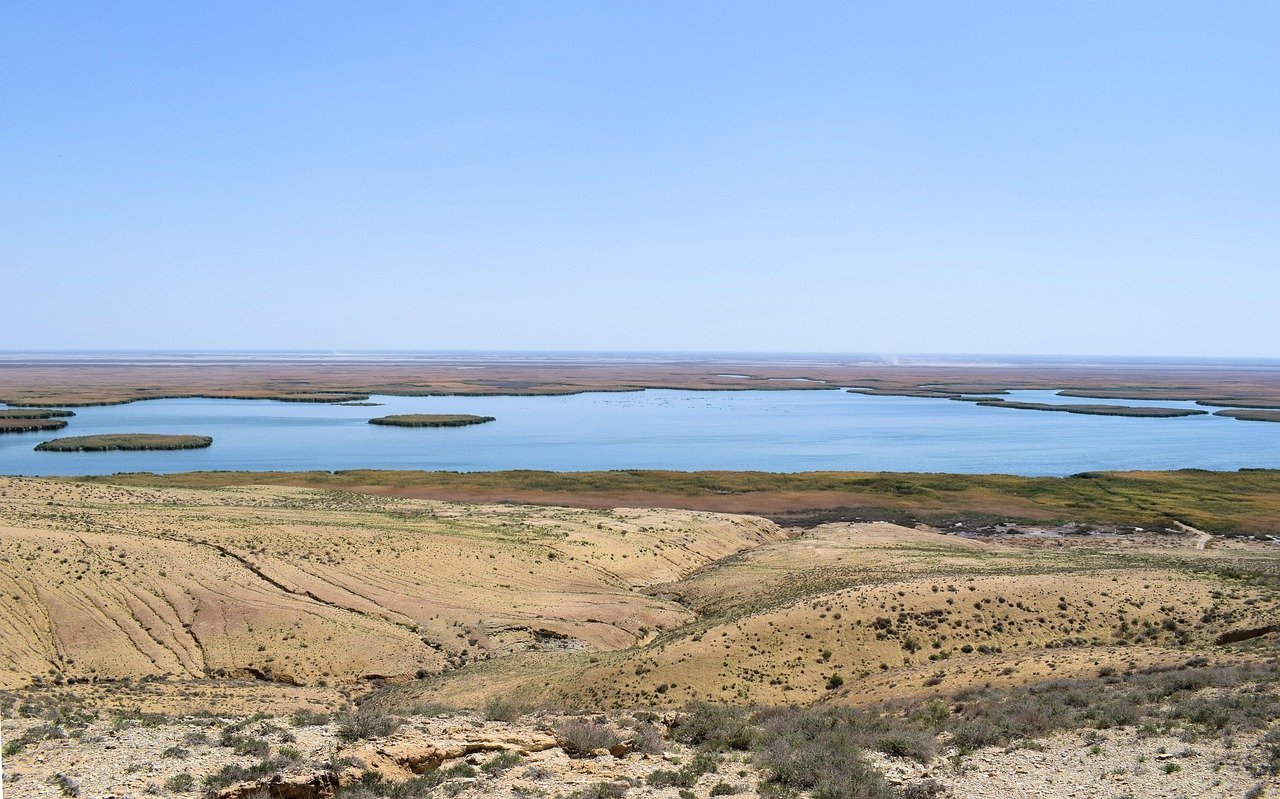 Aral sea, photo pixabay.com
Aral sea, photo pixabay.com
At the same time, back in 2021, the Ministry of Ecology, Geology and Natural Resources adopted a plan to increase irrigated land by almost half from 1.6 million hectares to 3 million hectares. Considering that 67% of the country's water is allocated to agriculture, this is quite ambitious. Having enough water is key.
Currently, the country's water resources are managed by the relevant committee under the Ministry of Ecology and Natural Resources. However, they do not have the necessary authority. They cannot issue orders that would be mandatory for akimats and industrial enterprises.
According to Yesekin, the following steps are needed:
- Create a single national body that will answer to the president or the government, for example, the national Council under the president with greater powers
- Conduct educational programs for learning how to care about the environment, including water, and encourage saving via financial instruments, that is, increase the price of water
- Introduce water resources management not according to the administrative-territorial principle (regions), but by natural water basins. In the meantime, the situation is such that Balkhash belongs to 4 regions, and they have neither the authority nor the resources to save the lake from drying up.
- Organize international water management consortia with neighboring states, and solve problems together and distribute water as a valuable resource.
- Reduce the production of crops with high water consumption, such as rice, for example.
The “hottest” spots on Kazakhstan’s water map have been the Aral Sea for many years, Lake Balkhash, which is getting shallow, and the Ural river the water level of which is falling. Scientists have recently started talking about saving the shallow Caspian Sea at the right time.
Original Author: Maxim Skopin
DISCLAIMER: This is a translated piece. The text has been modified, the content is the same. Please refer to the original piece in Russian for accuracy.
Latest news
- Scammers Posing as Security Agents Trick Architect Into Selling Property
- Ulytau Officials Respond to Fine: Blogger Was Penalized Over Unfounded Corruption Claims
- Kazakhstan Lifts Gallium Export Duty
- Chinese Firm Proposes to Fund New Port and Logistics Hub in Mangystau Region
- ForteBank Stock Soars on Home Credit Deal, Then Plunges 30% in a Day
- Coins Believed to Be Tied to Kairat Satybaldyulyuly to Be Auctioned
- Ukraine’s Military Intelligence Chief Says Ceasefire Should Come Before Year’s End
- Kyrgyz Citizen Fined in Kazakhstan for Carrying Banned Book Across Border
- Trial of Former Financial Police Officers in Khorgos Case No. 1 Closed to Public Over State Secrets
- Kazakhstan to Ban Outdoor Currency Rate Displays at Exchange Offices Starting September
- Armenian Court Orders One-Month Detention for Tashir Pizza Executive Amid Ongoing Investigation
- Kazakhstan May Require Banks to Offer Deferrals to Socially Vulnerable Borrowers
- Almaty Utility Pursues Debt Collection for Unpaid Heating and Hot Water Bills
- Kazakhstan and Afghanistan Sign Railway Memorandum
- Kazakhstan's National Bank Keeps Interest Rate at 16.5%, No Cuts Expected Until 2026
- Vyacheslav Kim Finalizes Purchase of Alatau City Bank
- Wild Arman Associate Detained in UAE Over Alleged Role in Qantar Riots
- Ulytau Region Akim Sues Woman for 495,000 Tenge Over TikTok Video
- Ukrainian Entrepreneurs Move to Buy BTA Bank from Kazakh Businessman Kenes Rakishev
- Kazakhstan’s Foreign Debt Hits 170.5 Billion USD in Q1 2025

